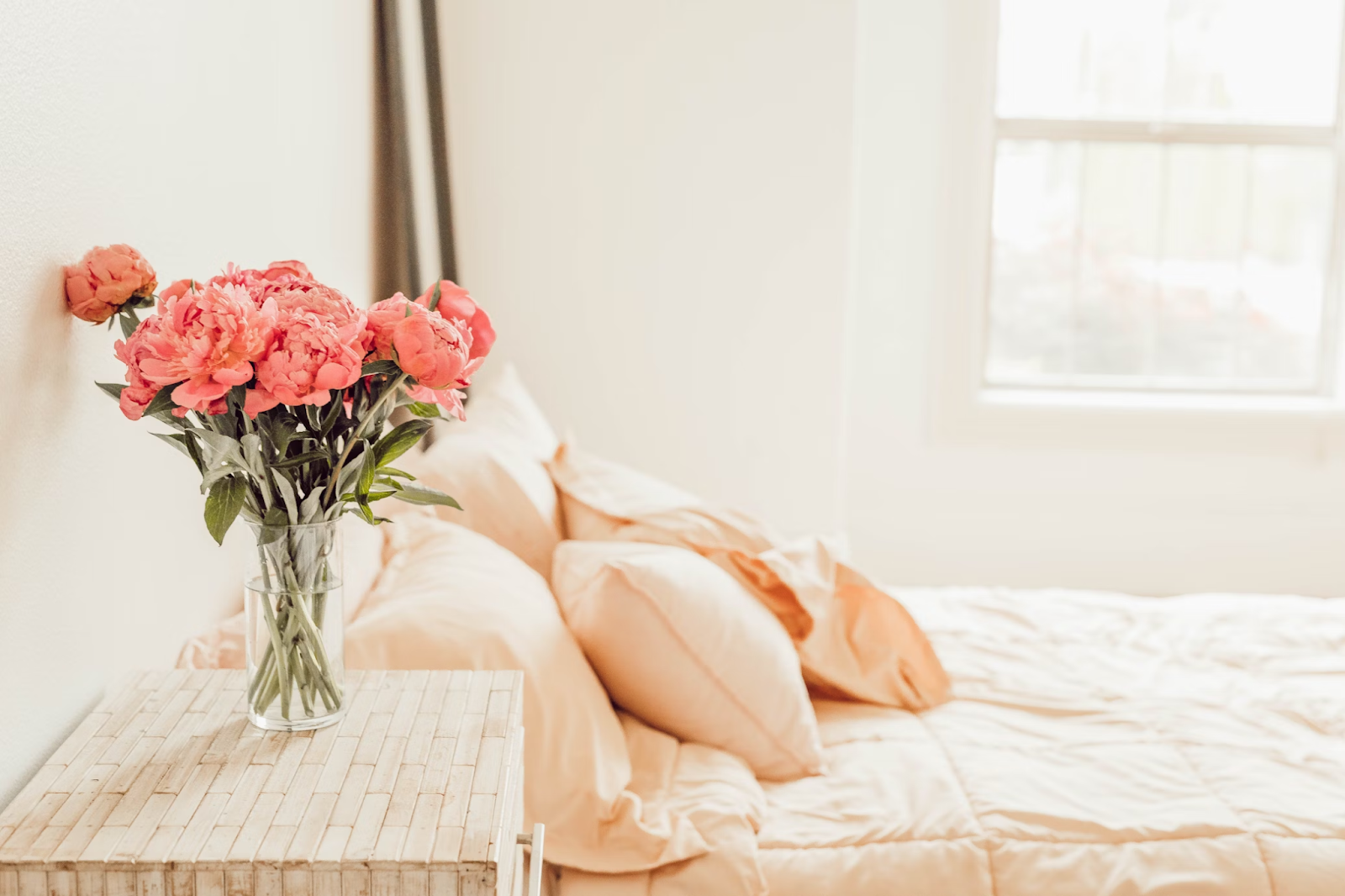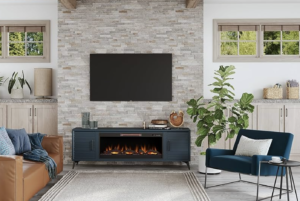
As we transition into our later years, the design of our homes requires thoughtful consideration. A home isn’t simply a place to reside; it’s a space that should adapt to our changing needs and lifestyles. The design should harmonize style with functionality, ensuring a chic aesthetic that doesn’t compromise on accessibility. Factors such as ease of movement, intuitive layout, adequate lighting, and safety measures become paramount. As such, we need to approach the design process with the mindset of creating a home that remains comfortable, secure, and enjoyable even as our needs evolve. When done correctly, a chic and accessible home can enhance the quality of life for individuals in their later years.
Incorporating Universal Design Principles
To create a home that caters to diverse needs and abilities, incorporating universal design principles is key. These principles aim to produce environments that are inherently accessible, minimizing the need for assistive devices or specialized solutions. This approach doesn’t just benefit older adults; it facilitates ease of use for all ages and abilities, making the home more flexible and future-proof.
For example, in the kitchen, installing adjustable countertops and cabinets allows for easier access for individuals who use a wheelchair or have limited mobility. Wider doorways and hallways can also accommodate walking aids or wheelchairs, making it easier to move around the house.
Similarly, incorporating natural light through larger windows and skylights not only creates a welcoming atmosphere but also improves visibility for those with visual impairments. Installing lever handles instead of doorknobs and touch-sensitive faucets in the bathroom can also make daily tasks easier for individuals with arthritis or hand dexterity issues.
Embracing the Convenience of Home Lifts
Home lifts, or residential elevators, are an increasingly popular feature in homes designed for the needs of older adults. These devices provide a practical solution to the challenge of navigating stairs, especially for individuals with mobility issues. They come in various sizes and styles, ranging from compact, single-person lifts to larger models that can accommodate wheelchairs. A well-installed home lift can blend seamlessly with your home’s decor and may even become a stylish focal point. Even more so, wheelchair lifts can provide convenience in accessing different floors of the house, allowing individuals to maintain their independence and privacy. Whether you go for Stiltz Trio Wheelchair Lift, or you find a different option, having an accessible home lift ensures that all areas of your home remain accessible and functional. You can also consider incorporating an elevator shaft during the initial construction phase of your home, making it easier to install a lift in the future if needed.

A Focus on Functionality and Aesthetics
While functionality is a cornerstone of design for later years, aesthetics shouldn’t be neglected. A home should not only be safe and accessible but also visually pleasing and reflective of the owner’s personal style. This can be achieved by choosing attractive, non-slip flooring options, utilizing stylish grab bars in bathrooms, or selecting ergonomic furniture with a modern flair. Consequently, the home becomes a space of comfort and beauty, promoting happiness and well-being.
Some of the design elements that can enhance both functionality and aesthetics include open floor plans, ample storage solutions, and multi-functional furniture. These features not only create a sense of spaciousness but also increase accessibility and reduce clutter.
If the area you want to improve is also the space where you spend most of your time, don’t hesitate to invest in quality pieces. A custom-built walk-in bathtub, for example, can provide a luxurious bathing experience while also addressing safety concerns. Similarly, investing in smart home technology can make daily tasks easier and contribute to the overall aesthetic appeal of the home.
Personalization through Technology
With advancements in technology, homes can now be customized to fit individual needs and preferences. For instance, voice-activated assistants can control lighting, temperature, and home security systems, making daily tasks easier for older adults with limited mobility. Smart thermostats can also be programmed to adjust the temperature automatically based on the owner’s preferences, providing a comfortable living environment without the need for constant adjustments.
Furthermore, telehealth technology allows individuals to receive medical care from the comfort of their own homes, reducing the need for frequent visits to the doctor’s office. This not only promotes convenience but also increases independence and self-sufficiency.
Choosing the Right Colors and Textures
The skillful use of colors and textures can greatly enhance the ambiance of a home designed for later years. Light colors not only follow the latest trends but also brighten up the space, improving visibility and navigation within the home. To add a touch of vibrancy without overwhelming the senses, bold colors can be used sparingly for accents like cushions, vases, or artwork. Additionally, textures play a vital role in creating a warm and inviting atmosphere. Opting for textures that are pleasing to the touch yet easy to maintain, such as plush carpets or smooth, non-slip tiles, can make a significant difference.
When you want to change the color scheme or textures in your home, be mindful of contrast. Ensure that there is enough contrast between the colors and textures used to avoid any confusion or potential hazards, especially for individuals with vision impairments.

Prioritizing Safety with Grace
Safety is a top concern when designing homes for later years, but it doesn’t have to compromise the overall aesthetic of the house. Indeed, safety measures can be implemented gracefully and subtly. For example, handrails can be integrated as part of the interior design, matching the decor while providing needed support. Bathrooms can be fitted with stylish grab bars that blend in with the overall design scheme. Non-slip mats can be chosen to match the color scheme of the bathroom or kitchen. The choice of lighting fixtures can also aid safety – consider sensor-activated lights for dark corners or nighttime use. Remember, safety and style can coexist beautifully when thoughtfully planned and executed.
In case the need for a mobility device arises, it is crucial to ensure that the design of your home can accommodate one without causing significant disruptions or modifications. Simple things like installing a ramp at the entrance and opting for wider doorways can greatly enhance accessibility.
As we navigate the journey of aging, our homes should evolve in tandem, reflecting our changing needs while maintaining an aesthetic that echoes our personal style. Designing a chic and accessible home for later years is a nuanced process that hinges on thoughtful planning and an understanding of universal design principles. It’s about creating an environment that not only supports mobility and safety but also fosters a sense of well-being and independence. Prioritizing accessibility doesn’t mean compromising on style; instead, it calls for a harmonious blend of functionality and aesthetics. With a focus on personalized solutions and the clever use of technology, it’s possible to create a home that radiates warmth, comfort, and chic sophistication, making the golden years truly golden.




